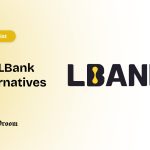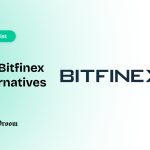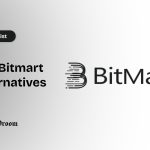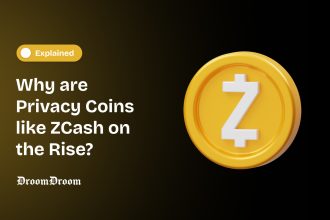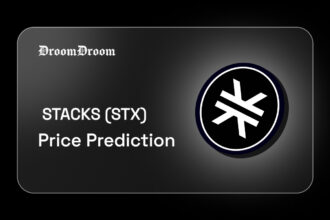Arbitrum is a Layer 2 scaling solution for Ethereum. It uses Optimistic Rollup technology to increase transaction throughput, lower fees, and ensure security by processing most computations off-chain while capitalizing on Ethereum’s consensus. It provides smooth Ethereum compatibility, simplifying the process for developers to efficiently transfer and scale their decentralized applications (dApps).
- Ethereum’s Scalability Problem & Introduction to Scaling Solutions
- Why Arbitrum Is a Game-Changer in Layer 2 Solutions
- Existing Solutions and Their Shortcomings
- How Arbitrum Addresses These Issues
- Understanding Optimistic Rollups: The Core of Arbitrum Scalability Improvements
- How Arbitrum Rollups Elevate Ethereum’s Transaction Processing
- Arbitrum Virtual Machine (AVM): The Engine Behind Arbitrum’s Enhanced Interoperability and Efficiency
- Arbitrum’s Dispute Resolution Mechanism
- Arbitrum’s Security and Trust Model
- Efficiency Gains and Gas Cost Reduction with Arbitrum
- Final Thoughts
Arbitrum emerges as a beacon of innovation within Ethereum Layer 2 solutions but there’s more to this platform than meets the eye.
In this article, we will dive into the innovative mechanisms that make Arbitrum a game-changer, exploring its use of Optimistic Rollups, and its dispute resolution capabilities and see why Arbitrum is among the best Ethereum Layer 2 solutions out there.
Ethereum’s Scalability Problem & Introduction to Scaling Solutions
Ethereum brings to the table the profound concept of smart contracts, which laid the ground for decentralized applications (dApps) that span a myriad of sectors, including but not limited to finance and gaming. Ethereum’s inherent decentralization establishes it as a cornerstone of the decentralized finance (DeFi) ecosystem and various other blockchain-driven innovations.
However, with Ethereum’s growing popularity comes a set of greater challenges. The primary issue lies in the Ethereum blockchain’s capacity; which unfortunately lacks in scalability.
Processing only about 15-30 transactions per second (TPS), it falls drastically short of handling the volume seen by traditional financial systems, which can process thousands of transactions in the same timeframe.
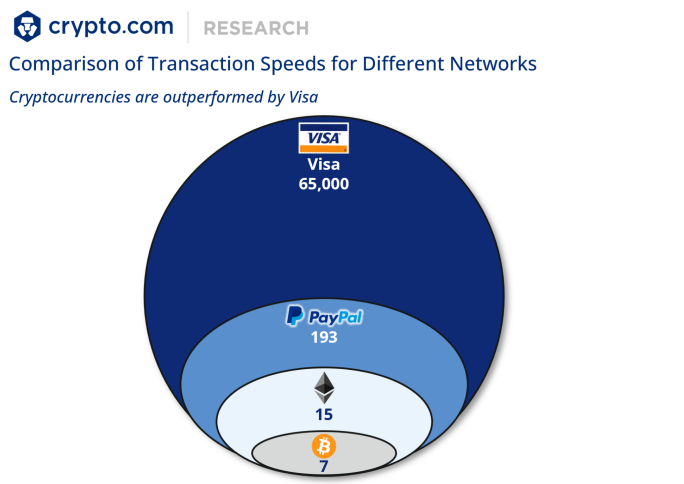
These challenges came to light during the CryptoKitties craze in 2017 and the DeFi boom of 2020, both of which led to severe network congestion and exorbitant gas fees.
Over time, a variety of scaling strategies have surfaced, each bringing its own set of advantages and constraints to the table.

- Layer 1 Scaling Solutions
Among the leading advancements is Ethereum 2.0, a Layer 1 scaling solution. A fun technique employed here is sharding, which essentially divides the Ethereum network into several segments, or shards, enabling simultaneous transaction processing.
- Layer 2 Scaling Solutions
In contrast, Ethereum Layer 2 scaling solutions are designed to function atop the existing Ethereum blockchain infrastructure. They amplify throughput by channeling a substantial chunk of the transaction processing workload off the main blockchain.
Ethereum Layer 2 solutions include technologies like Plasma, state channels, and the more recent rollups, which allow multiple transactions to be bundled together and processed off-chain, with only the final state being submitted to the Ethereum blockchain. Among these, rollups—specifically Optimistic Rollups—have emerged as one of the most promising Layer 2 solutions.
Vitalik Buterin, the co-founder of Ethereum, has emphasized the inevitable shift toward Layer 2 solutions in Ethereum’s scaling strategy, saying,
“Everyone will have already adapted to a rollup-centric world whether we like it or not, and by that point, it will be easier to continue down that path than to try to bring everyone back to the base chain for no clear benefit and a 20–100x reduction in scalability.”
Vitalik Buterin, the co-founder of Ethereum
Why Arbitrum Is a Game-Changer in Layer 2 Solutions
Arbitrum, developed by Offchain Labs, is designed to integrate seamlessly with Ethereum, offering an efficient bridge for developers and users to interact with the Ethereum ecosystem.
Salient Features of Arbitrum
- Optimistic Rollups for Efficiency and Security: Arbitrum leverages Optimistic Rollups to balance efficiency and security, significantly reducing transaction costs while increasing processing speed.
- Seamless Ethereum Integration: Built to align closely with Ethereum, Arbitrum allows developers to migrate their dApps with minimal reconfiguration, preserving the familiar user experience within the Ethereum ecosystem.
- Advanced Functionality: Beyond addressing scalability and high transaction fees, Arbitrum introduces essential features like a sophisticated dispute resolution mechanism and high compatibility with the Ethereum Virtual Machine (EVM), making it a versatile solution for a wide range of dApps and use cases.
Existing Solutions and Their Shortcomings
Various solutions have attempted to address Ethereum’s scalability issues. Layer 1 solutions, such as increasing block size or implementing sharding, involve changes to the base layer but often lead to trade-offs like increased centralization or extended development timelines.
Ethereum Layer 2 solutions offer a more immediate path to scalability. Early approaches like Plasma chains and state channels aimed to offload transactions from the main Ethereum chain while maintaining security. However, Plasma’s challenges with data availability and complex exit procedures, along with the limited applicability of state channels, underline the need for more powerful Layer 2 solutions.
How Arbitrum Addresses These Issues
Arbitrum overcomes the limitations of earlier scaling solutions through its use of Optimistic Rollups.
By bundling multiple transactions into a single batch submitted to Ethereum, Arbitrum reduces network load and gas fees. Its “innocent until proven guilty” approach to transaction validation, where disputes are only addressed when raised, allows for higher throughput without compromising security.
Moreover, Arbitrum’s architecture is fully compatible with Ethereum, enabling developers to migrate existing applications with minimal adjustments.
As a matter of fact, this is a practical and efficient solution that not only addresses scalability but also integrates smoothly with the Ethereum ecosystem, benefiting both developers and users.
Understanding Optimistic Rollups: The Core of Arbitrum Scalability Improvements
Optimistic Rollups is a Layer 2 solution engineered to boost Ethereum’s capability to process transactions. It achieves a dual goal—maintaining Ethereum’s foundational principles of security and decentralization while greatly amplifying transaction throughput.
The essence of Optimistic Rollups lies in their method of batch-processing numerous transactions outside of the Ethereum mainnet, later integrating these transactions into the blockchain in a streamlined, condensed form.
The designation “optimistic” is rooted in the system’s foundational belief in the integrity of transactions. Within this framework, transactions undergo processing away from the mainnet, with the updated state subsequently broadcasted to the Ethereum blockchain.
Mainnet validators take a trust-first approach, treating these transaction batches as legitimate. Only in instances of contention is a more rigorous verification process invoked.
This trust-centric model substantially lessens the requirement for on-chain computation.
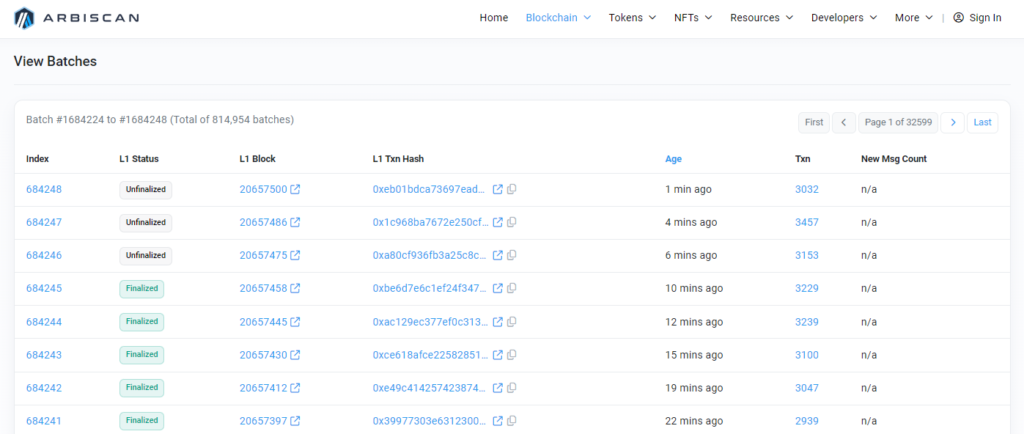
How Arbitrum Rollups Elevate Ethereum’s Transaction Processing
Arbitrum’s stride in Optimistic Rollup technology is not limited to the mere collection of transactions. Its Arbitrum Rollup protocol harbors a deep commitment to Ethereum compatibility, giving developers the ease of porting their smart contracts directly to Arbitrum with only a few tweaks needed.
This seamless transition is facilitated by the Arbitrum Virtual Machine (AVM), an iteration of the Ethereum Virtual Machine (EVM) engineered to be more versatile.
Arbitrum Rollups streamline transaction processing by merging several transactions into one comprehensive batch and dispatching this as a collective transaction.
Each batch encapsulates the necessary components to reconstruct off-chain transaction states, compressing this information to optimize for lower gas expenses on Ethereum.
The Rollup contract that exists on Ethereum serves as the overseer, assuring that the off-chain execution corresponds with the on-chain ledger.
A cornerstone feature of Arbitrum Rollups is their solidarity with the Ethereum security framework. By using the same consensus mechanism as Ethereum, Arbitrum ensures that its off-chain transactions are just as secure as those processed on-chain.
Arbitrum Virtual Machine (AVM): The Engine Behind Arbitrum’s Enhanced Interoperability and Efficiency
Arbitrum Virtual Machine (AVM) bridges the gap between high-performance off-chain computation and Ethereum’s powerful ecosystem. The AVM is an optimized, EVM-compatible environment that allows smart contracts to run off-chain while still being fully interoperable with the Ethereum ecosystem.
The AVM introduces a unique process known as “transaction bisection,” adept at distilling complex computational tasks into finer, more manageable segments. These subdivided operations are then efficiently executed off-chain by the Arbitrum network’s validators.
Should a conflict arise, the AVM’s architecture allows for the precise identification of the contentious computation step, facilitating a swift and precise conflict resolution mechanism.
By transferring the majority of computational tasks to the AVM, Arbitrum achieves a delicate balance—significantly reducing gas expenses while simultaneously enhancing transaction throughput. That’s right—a scalable and cost-effective solution for decentralized applications.
Arbitrum’s Dispute Resolution Mechanism
Arbitrum naturally assumes all transactions are valid until proven otherwise; hence, it requires a stringent mechanism to manage and resolve disputes effectively.
Arbitrum’s approach to dispute resolution is supported by a challenge-response protocol. Within this framework, validators have the opportunity to challenge the validity of a transaction batch.

- In the event of a dispute, this protocol triggers an interactive “bisection protocol.” During this protocol, the disputed batch is methodically split into progressively smaller segments. This subdivision continues until the specific transaction at the heart of the dispute is pinpointed.
- Once the contentious transaction is isolated, the focus switches to on-chain verification. This step entails the Ethereum mainnet executing the disputed transaction to ascertain its validity. If the challenge proves accurate, and the transaction is indeed flawed, the batch is discarded, and the validator responsible for its submission faces penalties.
- Conversely, if the challenge is deemed incorrect, penalties are directed toward the challenger, and the batch is confirmed as valid.
The bisection protocol streamlines the resolution process, eliminating the need for a full re-execution of all transactions in the controversial batch, which ultimately means—enhancing the efficiency and efficacy of Arbitrum’s dispute resolution mechanism.
Arbitrum’s Security and Trust Model
Arbitrum’s trust model works on the principle that the presence of at least one honest validator within the network is sufficient to uphold the system’s integrity. This reliance on the honesty of validators is critical since they are tasked with submitting transaction batches to the Ethereum mainnet and managing any resulting disputes.
Validators are heavily incentivized to maintain honesty through financial commitments; they are required to stake Ether (ETH) as collateral. Should a validator engage in fraudulent activities, such as submitting a corrupt batch of transactions or initiating an unjustified challenge, they stand to lose their staked ETH.
Also, Arbitrum’s commitment to trustlessness is evident in its open validator participation model. Anyone can become a validator, which not only promotes decentralization but also minimizes the risk of collusion among validators.
So, it is ensured that the network remains secure and that no single party can monopolize the verification process or unduly influence the outcome of transactions. By integrating these secure and decentralized elements, Arbitrum establishes a formidable trust model that supports the transparent and reliable execution of smart contracts.
Efficiency Gains and Gas Cost Reduction with Arbitrum
A key benefit of Arbitrum is its ability to significantly reduce gas costs for users. By processing transactions off-chain and then grouping them into batches for submission, Arbitrum minimizes the gas expenses required for interacting with the Ethereum network.
This efficient approach is especially advantageous for developers and users involved in high-frequency transactions or those deploying complex smart contracts.
Further augmenting these cost savings, Arbitrum utilizes compressed transaction data. This strategy reduces the data footprint on Ethereum, lowering transaction-related overhead costs.
Such efficiency is particularly valuable for dApps and DeFi projects, where elevated gas fees can hinder user adoption and affect profitability.
In essence, Arbitrum’s integration of Optimistic Rollups, alongside its dynamic dispute resolution system and efficient Arbitrum Virtual Machine (AVM), solidifies its position as a premier scaling solution for Ethereum. By decreasing gas costs, enhancing transaction throughput, and retaining compatibility with the existing Ethereum ecosystem, Arbitrum effectively addresses many of the critical challenges confronted by Ethereum.
Final Thoughts
Arbitrum’s innovative approach to scaling Ethereum through Optimistic Rollups has positioned it as a leader in the Layer 2 ecosystem, enabling the blockchain to overcome its inherent limitations in transaction throughput and cost efficiency. With $14.06 billion in total value locked (TVL) as of September 2024, Arbitrum dominates the Layer 2 ecosystem.
It is a testament to its robust architecture, which balances scalability with security and decentralization—hallmarks of the Ethereum network.

By offering a seamless integration with Ethereum, a sophisticated dispute resolution mechanism, and substantial gas cost reductions, Arbitrum not only alleviates the scalability challenges that have long plagued Ethereum but also paves the way for broader adoption of decentralized applications.









